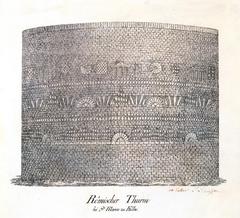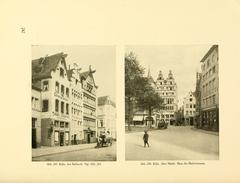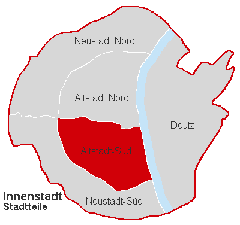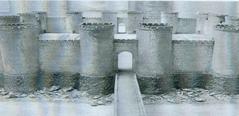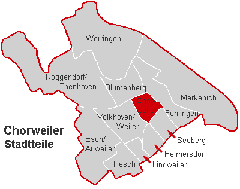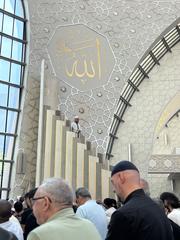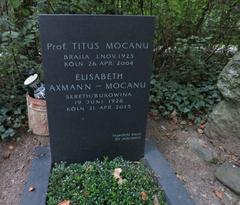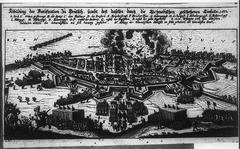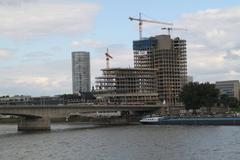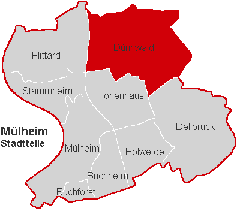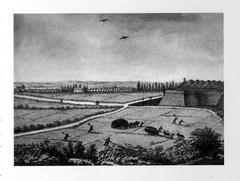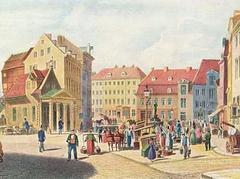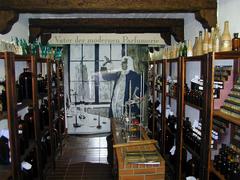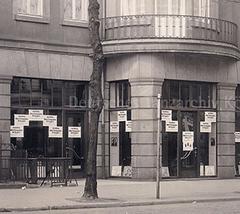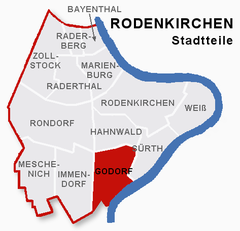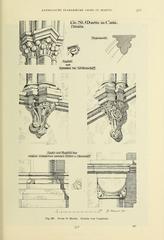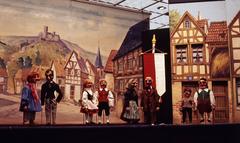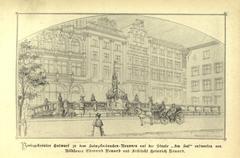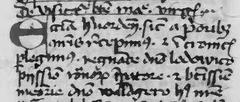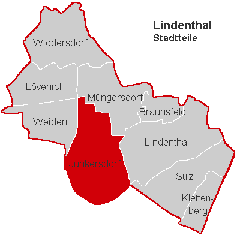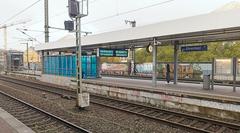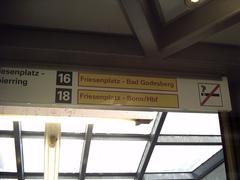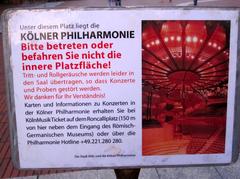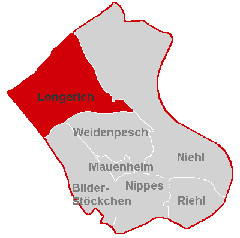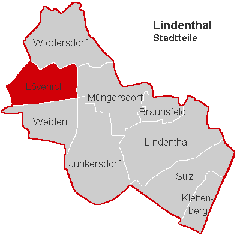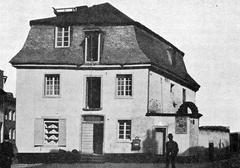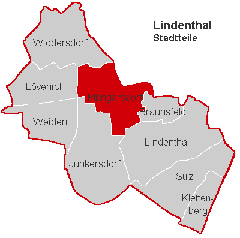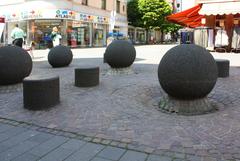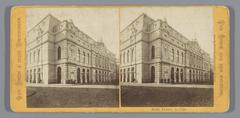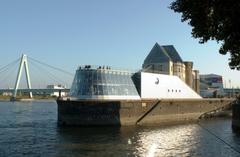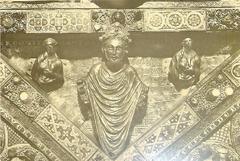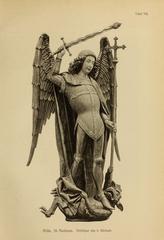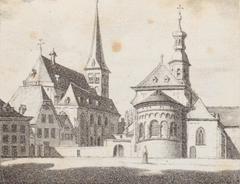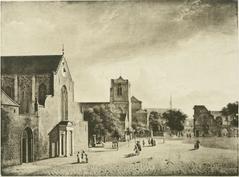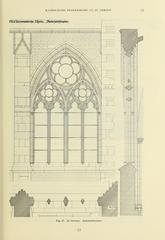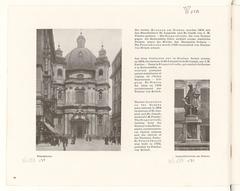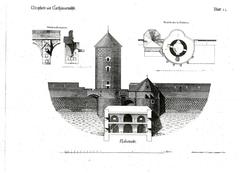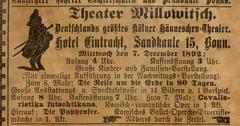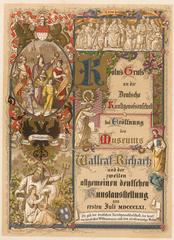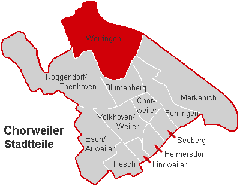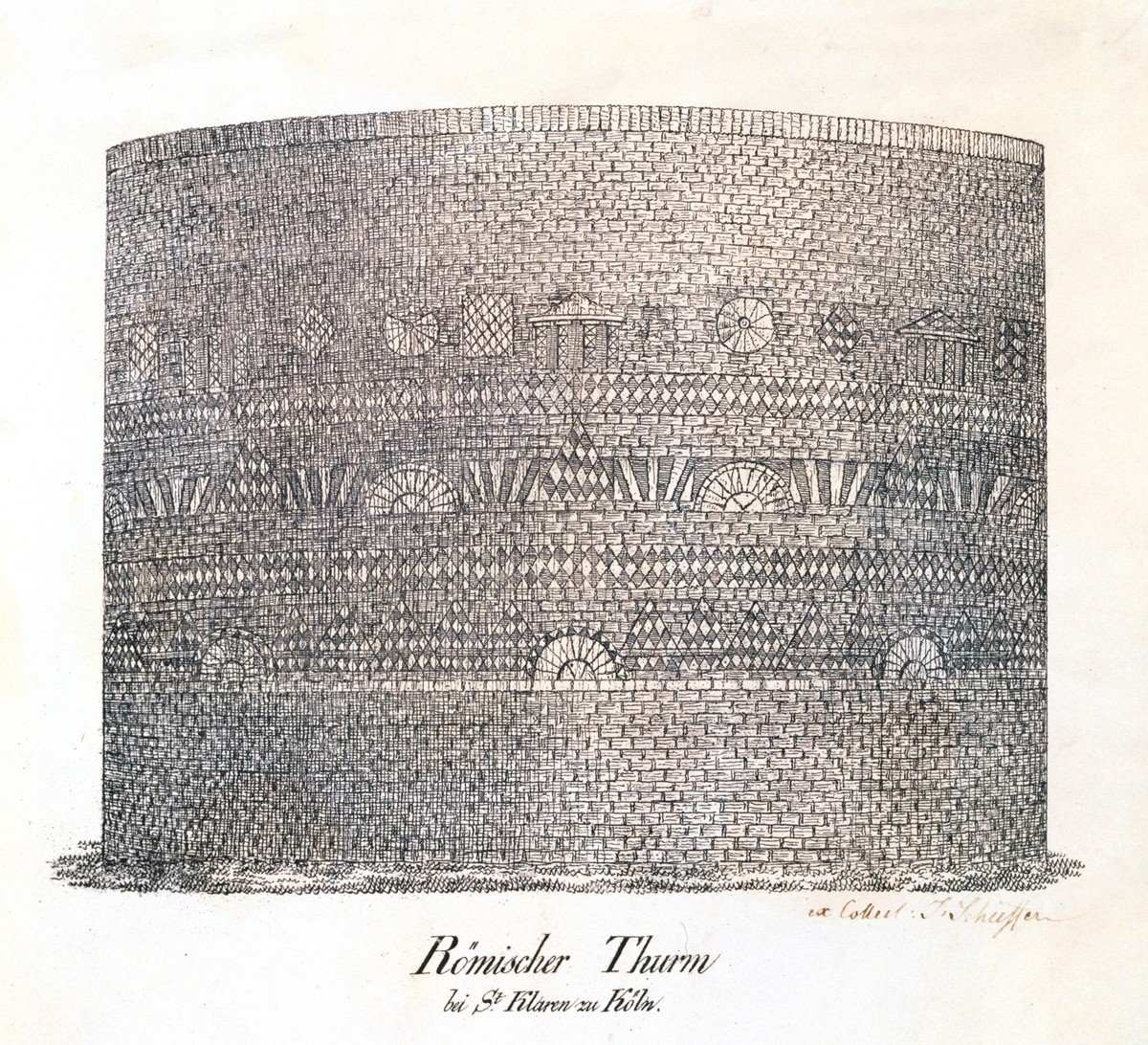
Visiting Römerturm in Cologne: Tickets, History, and Travel Tips
Date: 31/07/2024
Introduction
Have you ever wondered what it would be like to walk through history? The Römerturm, or Roman Tower, in Cologne, Germany, offers a unique glimpse into the past with its well-preserved structure and rich ornamentation. This historical landmark is a must-see for anyone interested in Roman architecture and history. Constructed around 50 AD as part of the ancient Roman city wall that encircled Colonia Claudia Ara Agrippinensium, the Römerturm stands as a testament to Roman engineering and architectural prowess (Angiesweb). The tower’s masonry still displays original decorations, offering a vivid snapshot of the architectural aesthetics of the Roman era (Travelwriticus). As one of the best-preserved sections of the Roman city wall, the Römerturm provides invaluable insights into the Roman period, drawing historians and tourists alike to explore its storied past.
Table of Contents
- Introduction
- Origins and Construction
- Architectural Features
- Defensive Role
- Historical Significance
- Preservation and Legacy
- Modern-Day Relevance
- Visiting Information
- Related Roman Sites in Cologne
- FAQs
- Conclusion
Origins and Construction
The Römerturm is a significant remnant of the ancient Roman city wall that once encircled Colonia Claudia Ara Agrippinensium, the Roman name for modern-day Cologne. Constructed around 50 AD, the city wall was approximately 3,911.8 meters long and enclosed an area of 96.8 hectares (Angiesweb). The wall was built using grey blocks on the exterior and interior, with the space in between filled with ‘opus caementicium,’ a highly durable Roman concrete (Angiesweb). This construction method ensured the wall’s longevity, allowing parts of it to remain visible in today’s cityscape.
Architectural Features
The Römerturm is one of the 19 round towers that fortified the Roman city wall. These towers were strategically placed to provide defensive strength and surveillance capabilities. The Römerturm, located at the northwest corner of the wall, is particularly notable for its rich ornamentation, which distinguishes it from other surviving Roman structures in Cologne (Travelwriticus). The tower’s masonry still displays original decorations, offering a glimpse into the architectural aesthetics of the Roman era.
Defensive Role
The Roman city wall, including the Römerturm, served both protective and decorative purposes. The wall rose above a foundation up to 3 meters high, was 2.40 meters wide, and at least 7.8 meters high (Angiesweb). In front of the wall was a trench 9 to 12 meters wide and 3 to 4 meters deep, adding an additional layer of defense (Angiesweb). The Römerturm and other towers were integral to the city’s defense, providing vantage points for monitoring and repelling potential invaders.
Historical Significance
Colonia Claudia Ara Agrippinensium was a crucial city in the Roman Empire, serving as the capital of the province of Germania Inferior and later Germania Secunda (Archaeology Travel). The city was a regional military headquarters, and its strategic location on the Rhine River made it a vital hub for trade and military operations. The Römerturm, as part of the city’s fortifications, played a significant role in protecting this important Roman settlement.
Preservation and Legacy
The Römerturm is one of the best-preserved sections of the Roman city wall in Cologne. Unlike other ancient structures that have been lost to time, the Römerturm has retained much of its original form and decoration. This preservation is partly due to the wall’s continuous use until the 12th century, long after the fall of the Roman Empire (Angiesweb). Today, the Römerturm stands as a testament to Roman engineering and architectural prowess, attracting both historians and tourists.
Modern-Day Relevance
In contemporary Cologne, the Römerturm is a prominent historical landmark. It draws the attention of both locals and visitors, serving as a tangible link to the city’s ancient past (Römisch-Germanisches Museum). The tower’s location at the former northwest corner of the Roman city wall makes it a focal point for those interested in exploring Cologne’s Roman heritage.
Visiting Information
Visiting Hours
The Römerturm is accessible 24/7, but it’s best enjoyed during daylight hours.
Tickets
There is no entry fee to visit the Römerturm, making it an affordable stop in your Cologne itinerary.
Accessibility
The site is easily accessible by foot, and nearby public transportation options include buses and trams.
Travel Tips
Wear comfortable shoes and bring a camera to capture the stunning details of the tower.
Nearby Attractions
Don’t miss the Römisch-Germanisches Museum, home to an impressive collection of Roman artifacts, and the remains of the Roman city wall, like the Lysolph Tower.
Related Roman Sites in Cologne
The Römerturm is part of a broader network of Roman sites in Cologne. Nearby attractions include the Römisch-Germanisches Museum, which houses one of Germany’s most impressive collections of Roman artifacts (Lonely Planet). The museum was built around the remains of a Roman townhouse, including the spectacular Dionysus mosaic floor, which could not be moved during construction (Archaeology Travel). Other remnants of the Roman city wall, such as the Lysolph Tower and sections of the curtain wall, can also be seen in various parts of the city (Römisch-Germanisches Museum).
FAQs
Q: What are the Römerturm visiting hours? A: The Römerturm is accessible 24/7, but it’s best viewed during daylight hours.
Q: Do I need to buy tickets to visit the Römerturm? A: No, there is no entry fee to visit the Römerturm.
Q: Is the Römerturm accessible for people with disabilities? A: Yes, the site is easily accessible by foot, and nearby public transportation options include buses and trams.
Q: What are some nearby attractions? A: Nearby attractions include the Römisch-Germanisches Museum and other remnants of the Roman city wall, such as the Lysolph Tower.
Conclusion
The Römerturm is a remarkable historical structure that offers invaluable insights into the Roman era in Cologne. Its well-preserved state and rich ornamentation make it a unique and significant monument. As part of the ancient city wall, the Römerturm not only served a defensive role but also contributed to the city’s architectural beauty. Today, it stands as a symbol of Cologne’s rich Roman heritage, drawing visitors from around the world to explore its storied past. Whether you are a history enthusiast or a casual tourist, the Römerturm and its surrounding attractions like the Römisch-Germanisches Museum and Cologne Cathedral provide a comprehensive and immersive experience into Cologne’s ancient past (Römisch-Germanisches Museum, Lonely Planet).
